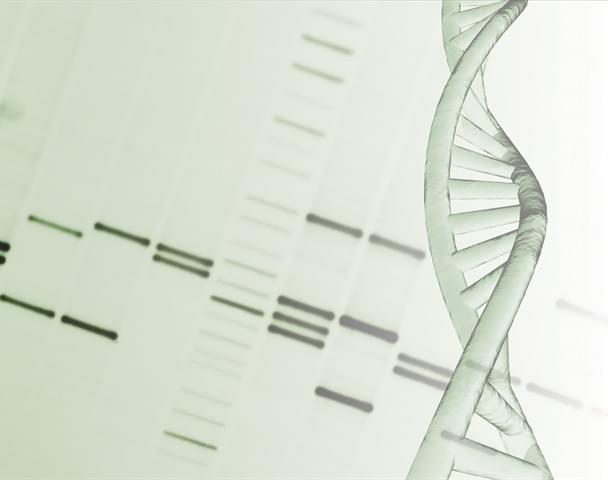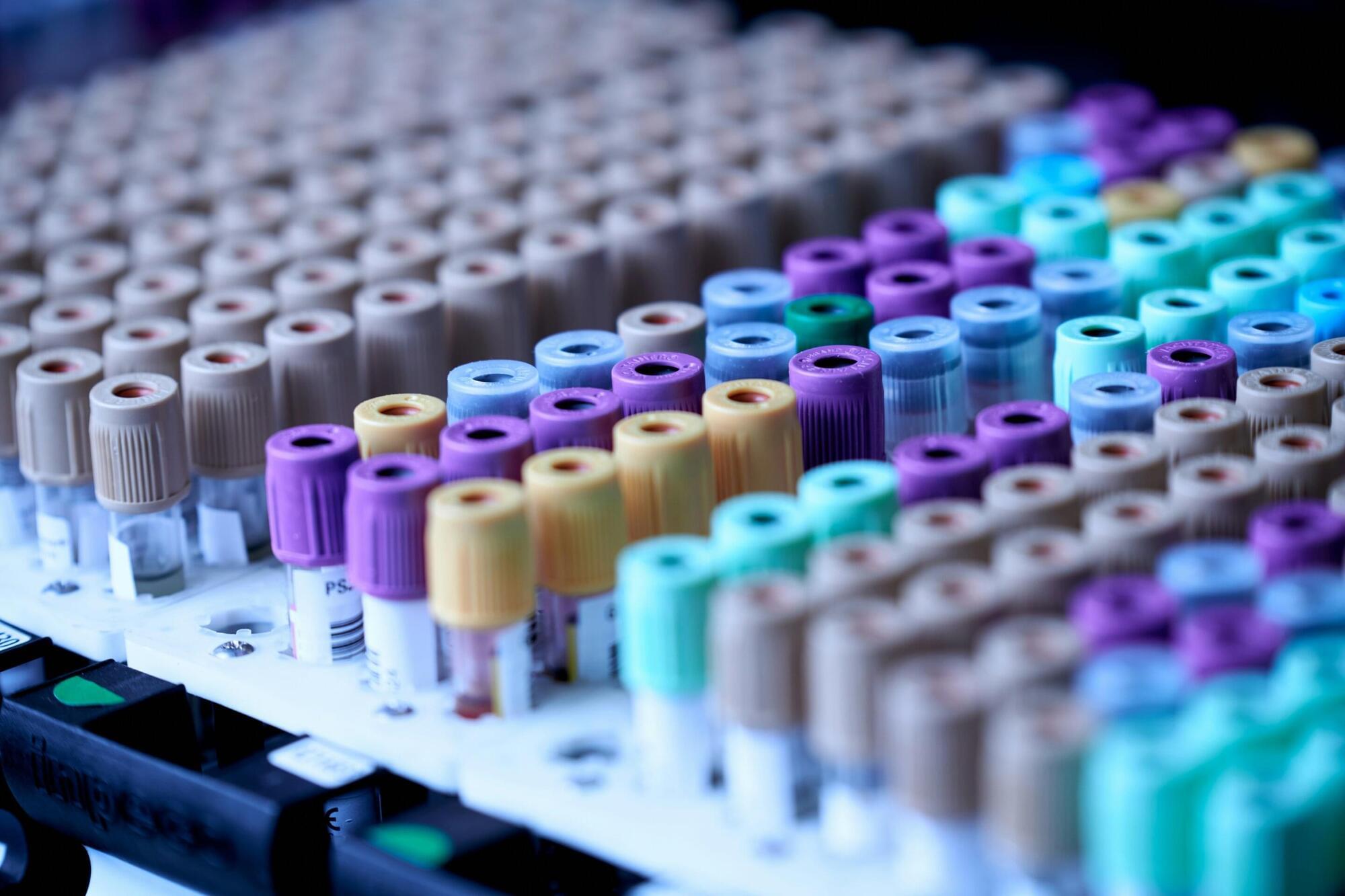Scientists in Osaka began clinical trials on proteins to enable children without permanent teeth to develop a third set of teeth by 2030.



A Kobe University team was able to edit the DNA of Lactobacillus strains directly without a template from other organisms. This technique is indistinguishable from natural variation and enabled the researchers to create a strain that doesn’t produce diabetes-aggravating chemicals.
Humans have improved the microorganisms we rely on for millennia, selecting variants that are better able to produce wine, yogurt, natto and many other products. More recently, direct genetic modification has emerged as a tool to exert more precise and efficient control over the improvement, but also has drawn much public criticism for often using DNA from unrelated organisms in these modifications. Kobe University bioengineer NISHIDA Keiji says, “As a consequence, using such transgenic techniques is not favorable for food products due to legislations being restrictive and social acceptance being low.”
Nishida and his team have developed a technique that gives even more precise control over the genetic content of a microorganism that does not rely on template DNA from other organisms. He says: “We have invented a DNA base editing technology named ‘Target-AID,’ which is superior to conventional techniques such as ‘CRISPR-Cas9’ in several aspects. For example, CRISPR-Cas9 induces DNA breaks and often causes cell death, while our Target-AID inserts precise point mutations without such breaks.”


While you won’t see a trace of this exoplanet or alien life, it’s easy to spot the red dwarf star that warms its surface.
You may never come face to face with your favorite rock star, but you can attend their concerts or listen to a music recording. Celestial bodies can be like that. Amateurs can’t see black holes, exoplanets, and accretion disks, but we can detect their presence by how they interact with their surroundings. At the very least we can picture them in our mind’s eye.
For example, a likely exoplanet orbits the 1st-magnitude star Pollux in the Gemini twins. It even has a name — Thestias. At public events, I point to Pollux and explain that a planet twice as massive as Jupiter orbits the red giant every 590 days. When it comes to novae, including the woefully-behind-schedule T Cor Bor, it’s fun to imagine the “single” star as a pair of tightly orbiting suns. One pilfers hydrogen from the other until enough material accumulates on the thief’s surface to detonate in a brilliant thermonuclear explosion. Voilà — a nova!
Al is advancing faster than ever, and World is building the infrastructure to ensure humanity stays at the center of it.
At this year’s event, held in San Francisco, Alex Blania and Sam Altman unveiled the next chapter in World’s mission:
To create proof of personhood at global scale, safeguard human identity in the age of Al, and expand access to a privacy-preserving financial ecosystem built for everyone.
- World’s US launch — Next-gen Orb and Orb Mini — World ID partnerships with Razer and Match — World App 4.0 — World Card with Visa — Path to full decentralization.
AI is advancing faster than ever, and World is building the infrastructure to ensure humanity stays at the center of it.
What if the galaxy isn’t empty—but locked in a silent Cold War between ancient alien empires? This episode explores the Dark Forest Theory, Interdiction Bubbles, and what it means if our galaxy is shaped by dormant, watchful civilizations playing a long game of survival and subtle dominance.
Watch my exclusive video Antimatter Propulsion: Harnessing the Power of Annihilation — https://nebula.tv/videos/isaacarthur–… Nebula using my link for 40% off an annual subscription: https://go.nebula.tv/isaacarthur Get a Lifetime Membership to Nebula for only $300: https://go.nebula.tv/lifetime?ref=isa… Use the link gift.nebula.tv/isaacarthur to give a year of Nebula to a friend for just $30. Visit our Website: http://www.isaacarthur.net Join Nebula: https://go.nebula.tv/isaacarthur Support us on Patreon: / isaacarthur Support us on Subscribestar: https://www.subscribestar.com/isaac-a… Facebook Group:
/ 1,583,992,725,237,264 Reddit:
/ isaacarthur Twitter:
/ isaac_a_arthur on Twitter and RT our future content. SFIA Discord Server:
/ discord Credits: The Alien Cold War: Silent Competition Among Dormant Empires In A Dark Galaxy Episode 497; May 1, 2025 Written, Produced & Narrated by: Isaac Arthur Edited by: Donagh Broderick Graphics: Darth Biomech, Jeremy Jozwik, Ken York YD Visual, LegionTech Studios, Sergio Botero Select imagery/video supplied by Getty Images Music Courtesy of Epidemic Sound http://epidemicsound.com/creator Markus Junnikkala, “A Fleet Behind the Moon” Phase Shift, “Forest Night” Kai Engel, “Endless Story About Sun and Moon” Chris Zabriskie, “Unfoldment, Revealment”, “A New Day in a New Sector”, “Cylinder One” Taras Harkavyi, “Alpha and…” Stellardrone, “Red Giant”, “Billions and Billions“
Get Nebula using my link for 40% off an annual subscription: https://go.nebula.tv/isaacarthur.
Get a Lifetime Membership to Nebula for only $300: https://go.nebula.tv/lifetime?ref=isa…
Use the link gift.nebula.tv/isaacarthur to give a year of Nebula to a friend for just $30.
Visit our Website: http://www.isaacarthur.net.
Join Nebula: https://go.nebula.tv/isaacarthur.
Support us on Patreon: / isaacarthur.
Support us on Subscribestar: https://www.subscribestar.com/isaac-a…
Facebook Group: / 1583992725237264
Reddit: / isaacarthur.
Twitter: / isaac_a_arthur on Twitter and RT our future content.
SFIA Discord Server: / discord.
Credits:
The Alien Cold War: Silent Competition Among Dormant Empires In A Dark Galaxy.
Episode 497; May 1, 2025
Written, Produced & Narrated by: Isaac Arthur.
Edited by: Donagh Broderick.
Graphics: Darth Biomech, Jeremy Jozwik, Ken York YD Visual, LegionTech Studios, Sergio Botero.
Select imagery/video supplied by Getty Images.
Music Courtesy of Epidemic Sound http://epidemicsound.com/creator.
Markus Junnikkala, \

The Eta Aquarids meteor shower, ongoing since late April, reaches its peak during the first week of the month. During the early-morning hours of May 5 and 6, up to dozens of meteors per hour will streak through the sky in the best viewing locations.
Want to know how your actions can help make a difference for our planet? Sign up for the Climate Coach newsletter, in your inbox every Tuesday and Thursday.

Researchers at Amsterdam UMC have developed a new diagnostic test that can quickly and accurately diagnose bacterial meningitis. The test measures the CRP protein in cerebrospinal fluid, a protein that is already often tested in blood to detect bacterial infections. Currently, it often takes a long time before meningitis is diagnosed, which delays the start of adequate treatment.
The study is published in The Lancet Regional Health—Europe.
Bacterial meningitis is a life-threatening condition in which one in six patients die and half of the survivors have residual symptoms. Thus, prompt diagnosis and treatment are crucial.

Vaccines save millions of lives every year, but there is still an urgent need for more efficient vaccines. Strategies to combat serious outbreaks of viral infections are particularly important. Such infections are initiated at mucosal surfaces, where there is a close association between polarized epithelial cells and immune effector cells. However, vaccines are usually given intramuscularly or subcutaneously, and often do not provide sufficient protection at the actual site of infection.
In Nature Communications, the laboratory of Professor Jan Terje Andersen and collaborators report on a novel vaccine technology platform, in which the subunit antigen is genetically fused to albumin.
Albumin was chosen as a carrier as it is actively transported across the mucosal barrier by FcRn, a receptor found on mucosal epithelial cells.

A team of researchers from the Keck School of Medicine of USC has developed an advanced tool for analyzing chimeric antigen receptor (CAR) T cells, including how they evolve during manufacturing and which ones are most effective at killing cancer. Using the platform, which leverages a laser-based technology known as spectral flow cytometry, researchers have already found one key insight: CAR T cells are better equipped to fight cancer after a shorter five-day expansion process than at the 10-day mark.
The study was just published in the 25th anniversary special issue of Molecular Therapy.
CAR T cell therapies, which reprogram a patient’s own immune cells to recognize and attack cancer, represent a major advance in treating blood cancers such as leukemia and lymphoma. But not all patients respond equally well, and researchers believe one key to optimizing treatment is to understand how various T-cell features relate to patient outcomes down the line.